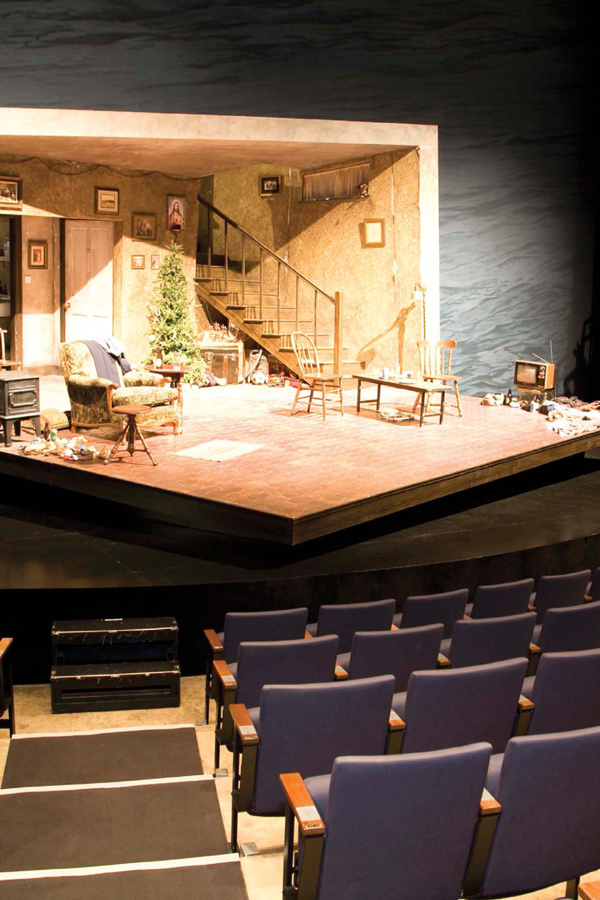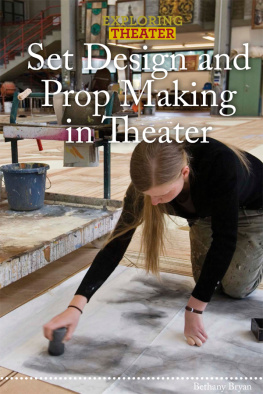Published in 2017 by Cavendish Square Publishing, LLC
243 5th Avenue, Suite 136, New York, NY 10016
Copyright 2017 by Cavendish Square Publishing, LLC
First Edition
No part of this publication may be reproduced, stored in a retrieval system, or transmitted in any form or by any meanselectronic, mechanical, photocopying, recording, or otherwise without the prior permission of the copyright owner. Request for permission should be addressed to Permissions, Cavendish Square Publishing, 243 5th Avenue, Suite 136, New York, NY 10016. Tel (877) 980-4450; fax (877) 980-4454.
Website: cavendishsq.com
This publication represents the opinions and views of the author based on his or her personal experience, knowledge, and research. The information in this book serves as a general guide only. The author and publisher have used their best efforts in preparing this book and disclaim liability rising directly or indirectly from the use and application of this book.
CPSIA Compliance Information: Batch #CW17CSQ
All websites were available and accurate when this book was sent to press.
Library of Congress Cataloging-in-Publication Data
Names: Bryan, Bethany.
Title: Set design and prop making in theater / Bethany Bryan .
Description: New York : Cavendish Square Publishing, 2017. | Series: Exploring theater | Includes index.
Identifiers: ISBN 9781502622792 (library bound) | ISBN 9781502622808 (ebook)
Subjects: LCSH: Stage props--Juvenile literature. | Theaters--Stage-setting and scenery--Juvenile literature.
Classification: LCC PN2091.S8 B78 2017 | DDC 792.025--dc23
Editorial Director: David McNamara
Editor: Fletcher Doyle
Copy Editor: Nathan Heidelberger
Associate Art Director: Amy Greenan
Designer: Jessica Nevins
Production Coordinator: Karol Szymczuk
Photo Research: J8 Media
The photographs in this book are used by permission and through the courtesy of: Cover Pxel/Alamy Stock Photo; p. 4 Charles Cook/Lonely Planet/Images/Getty Images; p. 9 Syda Productions/Shutterstock.com; p. 11 Jim West/Alamy Stock Photo; p. 14 wutzkohphoto/ Shutterstock.com; p. 16 Jupiterimages/Photolibrary/Getty Images; p. 21 Gary Gershoff/ WireImage/Getty Images; p. 27 Manfred Schmid/Getty Images; p. 30 John Burke/ Stockbyte/Getty Images; p. 32 GOLFX/Shutterstock.com; p. 35 CRAIG LASSIG/AFP/ Getty Images; p. 40 Zoran Milich/Photonica World/Getty Images; p. 42 Pxel/Alamy Stock Photo; p. 45 Robert Kneschke/Shutterstock.com; p. 47 wavebreakmedia/Shutterstock.com; p. 49 courtesy of Michael Krikorian; p. 51 ITAR-TASS Photo Agency/Alamy Stock Photo; p. 55 Hemera Technologies/AbleStock.com/Thinkstock; p. 57 Steve Raymer/ Corbis Documentary/Getty Images; p. 61 Jakez/Shutterstock.com; p. 62 Geraint Lewis/ Alamy Stock Photo; p. 66 Allan Grant/The LIFE Picture Collection/Getty Images; p. 70 John Snelling/Getty Images; p. 72 Paul Wood/Alamy Stock Photo; p. 75 Adam Gregor/ Shutterstock.com; p. 76 Jupiterimages/BananaStock/Thinkstock; p. 79 Kartinkin77/ Shutterstock.com; p. 81 ROBYN BECK/AFP/Getty Images; p. 86 Andrew Nicholson/Alamy Stock Photo; p. 87 Syda Productions/Shutterstock.com.
Printed in the United States of America

The stage is set for a production at the Steppenwolf Theatre in Chicago. What can you infer about the lives of the characters, based on the props and set design displayed here?
CHAPTER ONE
THE RIGHT STUFF
Y oure drawn to the theater department at your school. However, you arent ready to be on stage. You arent sure about your singing or acting skills. You are creative and want to get involved, but you arent sure where you fit in. There are many jobs that need to be done to put on a successful show. One of the most critical is planning, designing, and building props and sets that help to bring the audience into the performance and engage the imagination. This book is here to help you figure out if this is the right path for you.
Props and Sets
When you enter a theater before the performance of a play or musical, often youll see that the curtains are open and youre able to see the stage. What do you see? A living room that looks an awful lot like yours? A worn couch? A laundry basket? Or maybe you see an outdoor picnic area with a table all set for dinner, and lawn chairs, and a place for a campfire. Or is it something less cut and dried? Maybe you see an empty stage with only a few chairs in the middle. Or there could be several large wooden platforms in front of a red satin backdrop. No matter how simple or elaborate what you see onstage is, a lot of thought and care was put into what you see when you enter the theater and when the performance begins. How this changes (if it changes) over the course of the performance works hand-in-hand with the actors performances, the lighting, the sound, the costumes, and more. Determining the set design and the part that props should play in the performance is the role of the set designer, props master, head carpenter, and crewmembers and assistants. They help design, build, paint, create, manage, and find all of the materials necessary to bring a performance to life.
One of the most important aspects of staging a theater performance is setting the scene. Does the play or musical take place on a dusty ranch in 1870s America? Or in Victorian England? Or at the bottom of the ocean three thousand years into the future? The props and sets convey any of these possibilities to the audience.
Sourcing and creating props for a performance can take you from a thrift store to a fabric store to a camping store and everywhere in between. Designing and building a set can involve everything from carpentry to papier-mch. Whether you have the soul of a builder or the heart of an artist, you can play an active role in creating what the audience sees on stage.
The Skills You Need
One popular misconception about theater is that you have to have an obvious talent in order to be involved. The primary trait you need to possess initially in order to take part in your schools theater program and beyond is a passion for theater. Maybe you saw a performance of Les Misrables that you havent been able to forget. Perhaps you were specifically drawn to the towering sets that flawlessly recreated Paris in the early to mid-1800s. Maybe you were captivated by a performance of Fun Home and the vintage props that you felt brought you into a living room in the 1970s. New plays and musicals are being written and produced every day. Sets and special effects are becoming more elaborate as technology makes that possible. If that idea excites you, you have a passion for theater. So, congratulations! You have the desire that you need. However, if you want to be successful at it and help your fellow classmates put on the most amazing performance of their lives, there are a few more skills that come into play.
A willingness to learn. At a high school level, the roles of set designer, props master, and head carpenter will likely be performed by teachers or parent volunteers. But this is your chance to watch, learn, and ask questions. If you have worked with tools and have experience painting, you can make a major contribution to the show while observing how to lead a crew. But when youre starting out, its important to open your mind and just display a good attitude toward learning. You might pick up some carpentry skills you didnt have before, or learn how to paint material to create the illusion that it is something else.



















